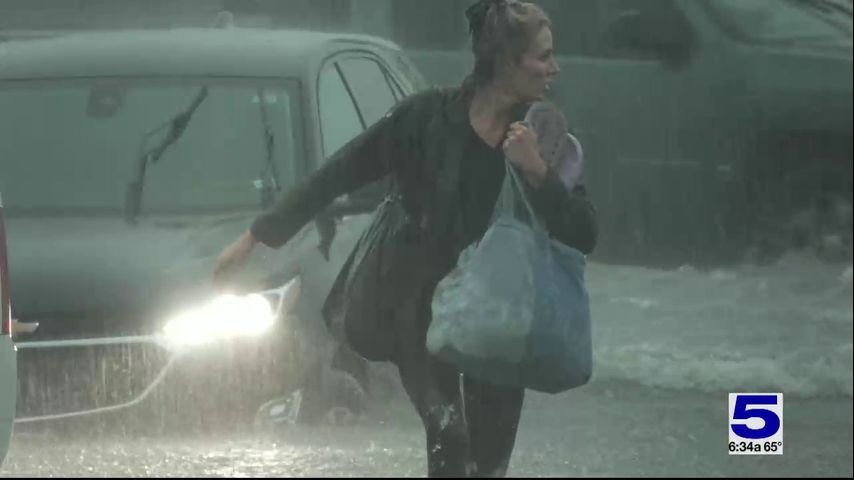Catastrophic Flooding in the Rio Grande Valley: A Comprehensive Overview
The Rio Grande Valley is grappling with the aftermath of a severe storm that unleashed nearly six months’ worth of rain in just two days. This unprecedented weather event has prompted emergency declarations across multiple counties, with officials working tirelessly to respond to the destructive impacts.
Disaster Declarations Across Multiple Counties
On Friday morning, disaster declarations were signed for Cameron, Hidalgo, Willacy, and Starr counties. This formal recognition allows these regions to access essential resources for recovery and relief efforts. According to Hidalgo County Judge Richard Cortez, extraordinary measures are necessary to safeguard public health and safety amid widespread flooding and damage.
Fatalities and Emergency Response
Initially, reports indicated three fatalities connected to the flooding, a figure later revised to two. The tragic incidents appear to involve law enforcement interventions during the storm. One confirmed drowning occurred in Edcouch, where an individual attempting to navigate a flooded roadway drove into a canal, as reported by Border Patrol agents. Further details are anticipated as investigations continue.
The Extent of Rainfall and Its Consequences
Some areas within Hidalgo County were inundated with up to 14 inches of rain, creating an imminent threat of disaster characterized by severe property damage and the risk of injury or loss of life. Texas Agriculture Commissioner Sid Miller described the situation as catastrophic, noting extensive harm to local infrastructure, homes, and agriculture.
Cameron County Judge Eddie Treviño, Jr. echoed this sentiment, stating, “The rainfall amounts we received have been record-setting, and not in a good way.” He emphasized that all county resources are being utilized effectively to assist residents in need.
Impact on Local Communities
Cities such as Alamo, Edinburg, and Harlingen have also declared disasters, allowing them to redirect resources to address the overwhelming challenges posed by the flooding. Alamo, in particular, reported hundreds of homes affected, with first responders conducting over 50 water rescues amidst rising waters.
Mayor J.R. Garza of Alamo reaffirmed the city’s commitment to helping residents recover swiftly, urging that “our crews and departments are utilizing every available resource to support our residents.”
Agricultural and Infrastructure Challenges
The storm’s aftermath presents severe consequences for the agricultural sector, with significant losses anticipated for farmers and ranchers in the region. Miller noted that, while desperately needed, the volume of rain has wreaked havoc on infrastructure and water management systems across the Valley.
As river levels continue to rise, officials stress the importance of caution for residents. Flooded roadways pose unique dangers, and individuals are urged to report any storm-related damage online to facilitate recovery efforts.
Community Support and Safety Measures
Local authorities are working collaboratively to ensure the community’s safety and facilitate a prompt recovery. The public is encouraged to stay informed and avoid flooded areas to prevent further tragedies. Continuous updates will be provided as officials gather more information on the ongoing situation.
For those interested in further reading, you can find additional coverage on the flood’s impact here.
Conclusion
The catastrophic flooding in the Rio Grande Valley serves as a sobering reminder of nature’s unpredictability. While the region faces significant challenges, local leaders and dedicated first responders are committed to navigating these obstacles and helping residents rebuild. The resilience of the Rio Grande Valley community will undoubtedly shine as they address the aftermath of this devastating weather event.
For updates and safety information, stay connected with local news outlets and city announcements.


